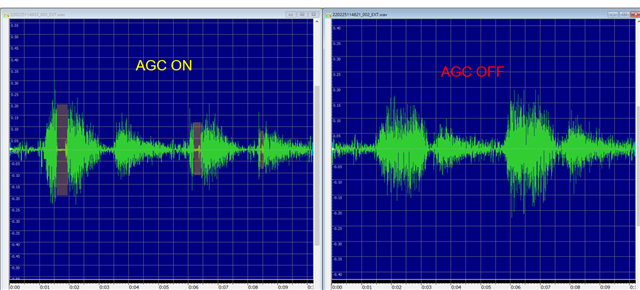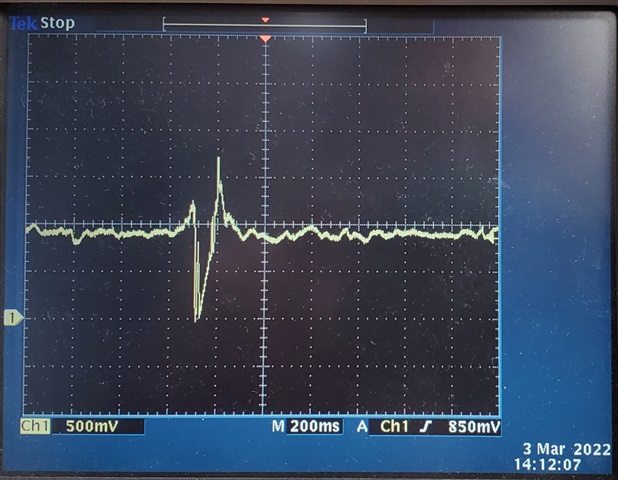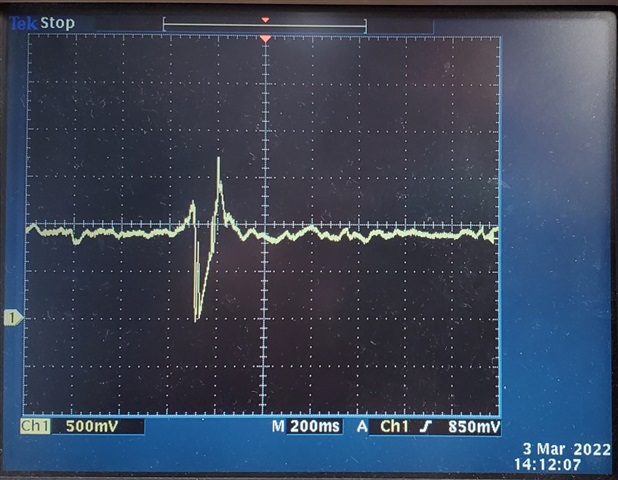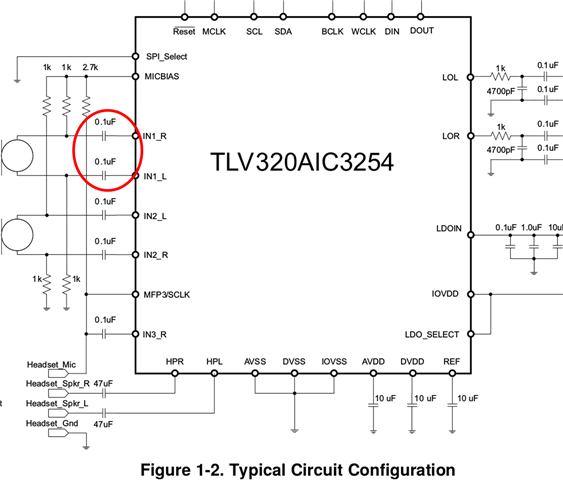- Part Number: TLV320AIC3254
Hi
Regarding this thread, its input signal level formula is as follows :
input_level (in dBFS) + max_pga < target-level +3.9dB
We would like to know if there are any known issues and limitations with the AGC when input signal exceeds the formula.
We thought that if the input signal was large and exceeds the formula, the AGC output should be clipped, but the problem we encountered was that when the input signal was large, the AGC output went to zero level.
You could see the following screenshot for ADC output:








